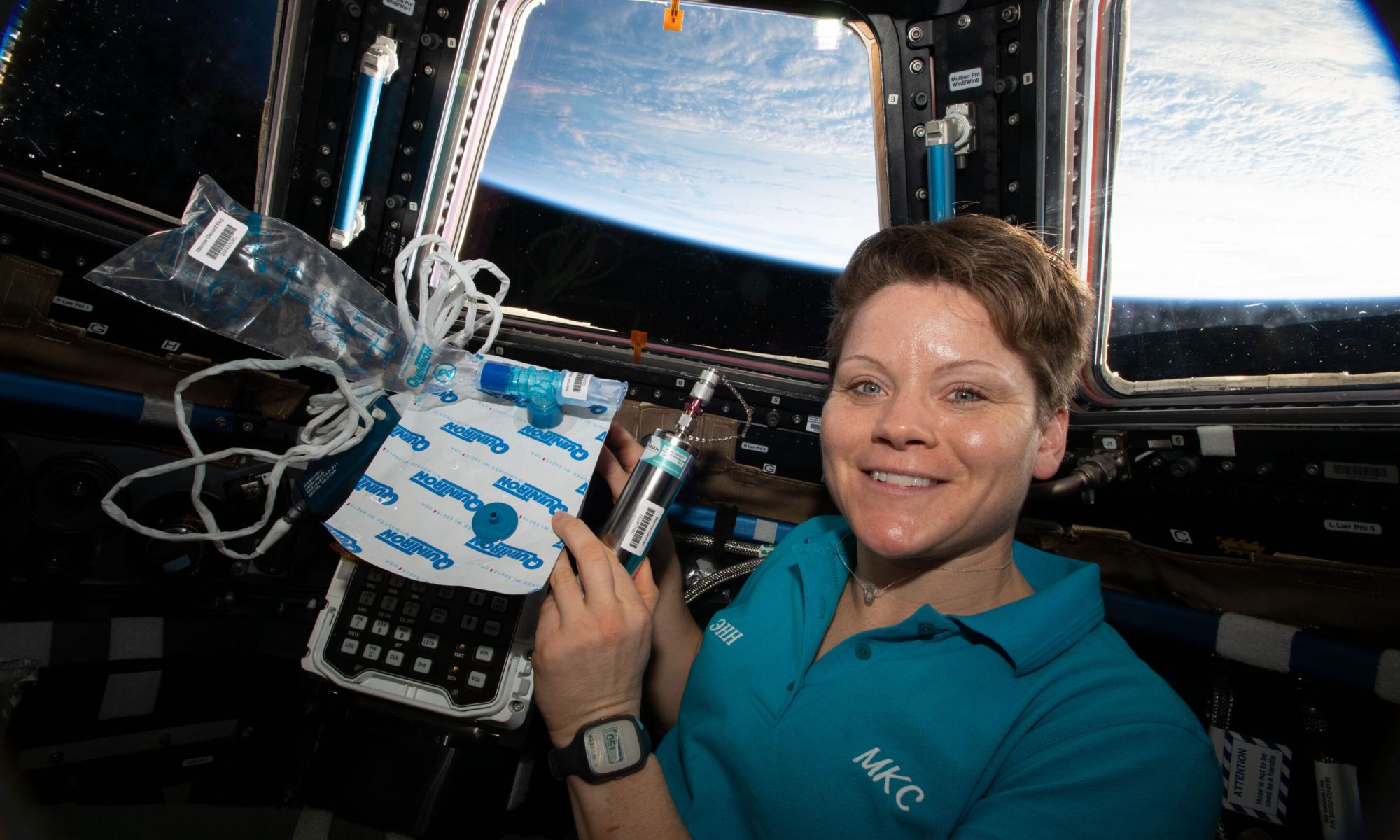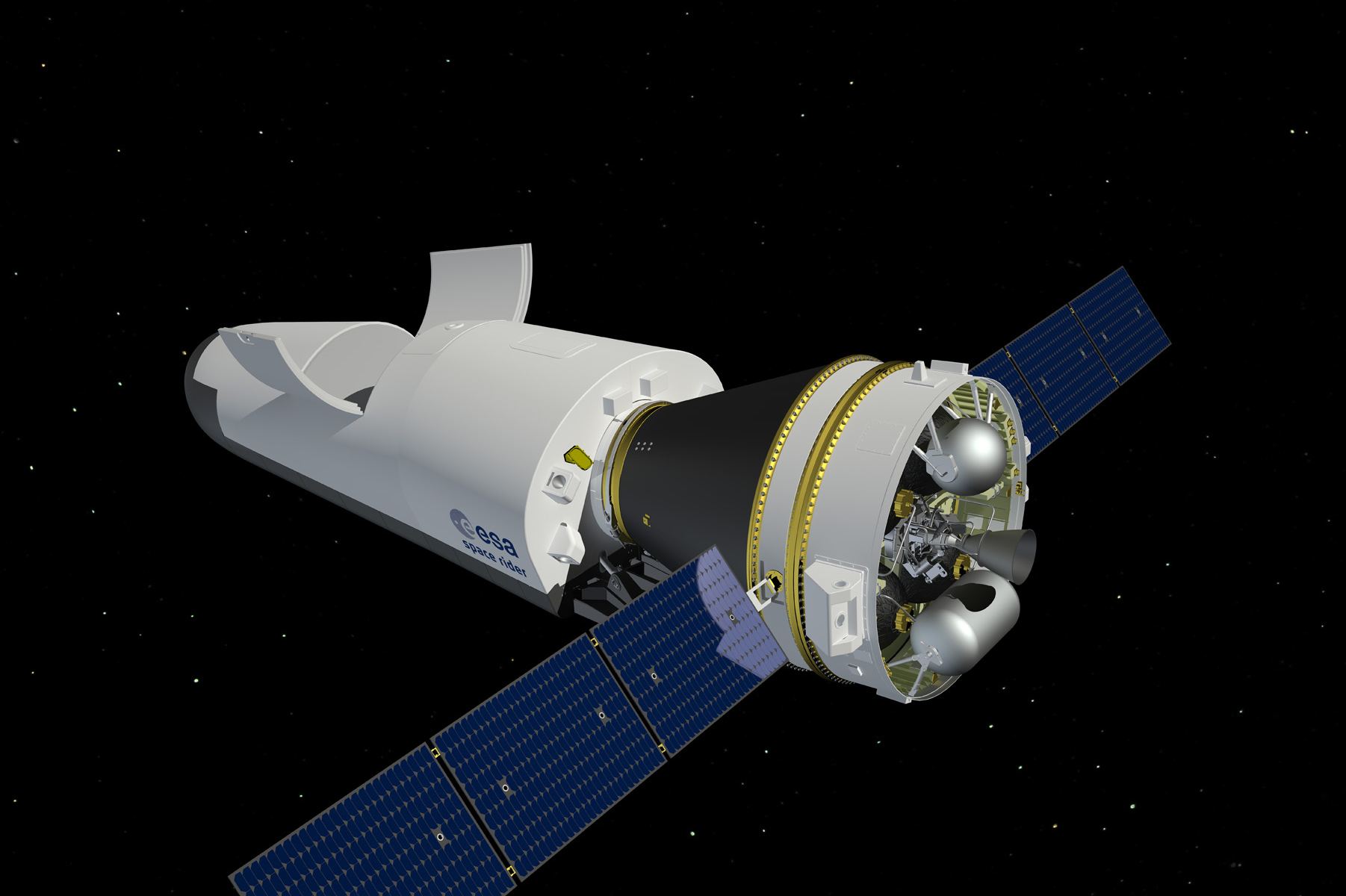The launch of a rocket into orbit should never become routine. There was a time, probably around the 50’s and 60’s that a rocket launch hit the headlines. Now its just another launch. Last year (2024) saw a record breaking 263 launches. The US launched 158, China launched 68 and other countries/regions like Europe, Russian and Japan. Last year just 224 launches were completed and two years ago in 2022, 168 launches were completed. Surprisingly perhaps, prior to 2020 the record was set at 141 back in 1967, the future of rocket flight still seems quite alive!
Researchers Are Building a Simulated Moon/Mars Research Station Deep Underground
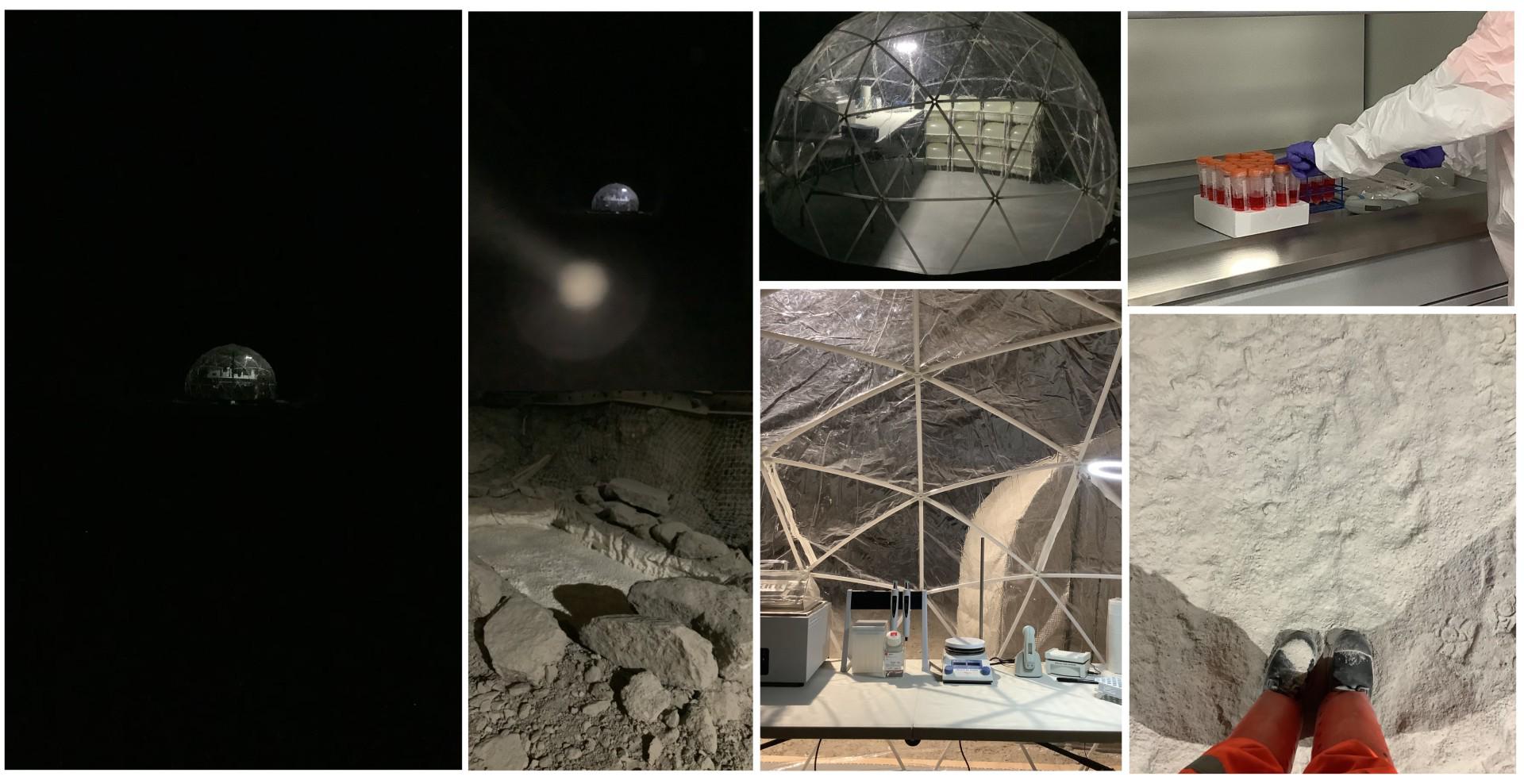
In the early days of spaceflight, just getting a satellite into Earth’s orbit was an accomplishment. In our era, landing rovers on other planets and bringing samples home from asteroids is the cutting edge. But the next frontier is rapidly approaching, when astronauts will stay for long periods of time on the Moon and hopefully Mars.
But before we can send people to those dangerous environments, the Artemis partner space agencies have to know how to keep them safe. An important part of that is simulating the conditions on the Moon and Mars.
Continue reading “Researchers Are Building a Simulated Moon/Mars Research Station Deep Underground”Traveling the Solar System with Pulsar Navigation

A team of researchers at the University of Illinois Urbana-Champaign have found a way for travelers through the Solar System to work out exactly where they are, without needing help from ground-based observers on Earth. They have refined the pulsar navigation technique, which uses X-ray signals from distant pulsars, in a way similar to how GPS uses signals from a constellation of specialized satellites, to calculate an exact position .
Continue reading “Traveling the Solar System with Pulsar Navigation”Crew-4 is off to the Station
Name someone who at some point in their life didn’t want to be an astronaut. The answer is no one. Ask any kid what they want to be when they grow up and they all say an astronaut. Being an astronaut is the ultimate dream job for everyone of all ages. Why? Because you get to go to space, and there’s nothing cooler than going into space. For context, even if you’re not a sports fan you have watched the Super Bowl at least once in your life. It is one of the most watched and most lauded sports championship games in the entire world, and yet despite all its media attention and halftime shows and all-time great finishes, the Super Bowl still holds a candle to being able to go to space. Eat your heart out, Tom Brady. Going into space is just awesome, and there’s nothing like it.
Continue reading “Crew-4 is off to the Station”Space Flight Destroys Your Red Blood Cells
It’s really true: space wants to kill us. And this time, space is trying to kill us from the inside out.
A new study on astronauts living on board the International Space Station shows that while in space, the astronauts’ bodies destroyed 54 percent more red blood cells than they normally would on Earth. Even one year after their flight and back on Earth, the symptoms of “space anemia” persisted in the 14 astronauts tested.
Continue reading “Space Flight Destroys Your Red Blood Cells”Since There’s no Up or Down in Space, How do our Brains Deal With This?
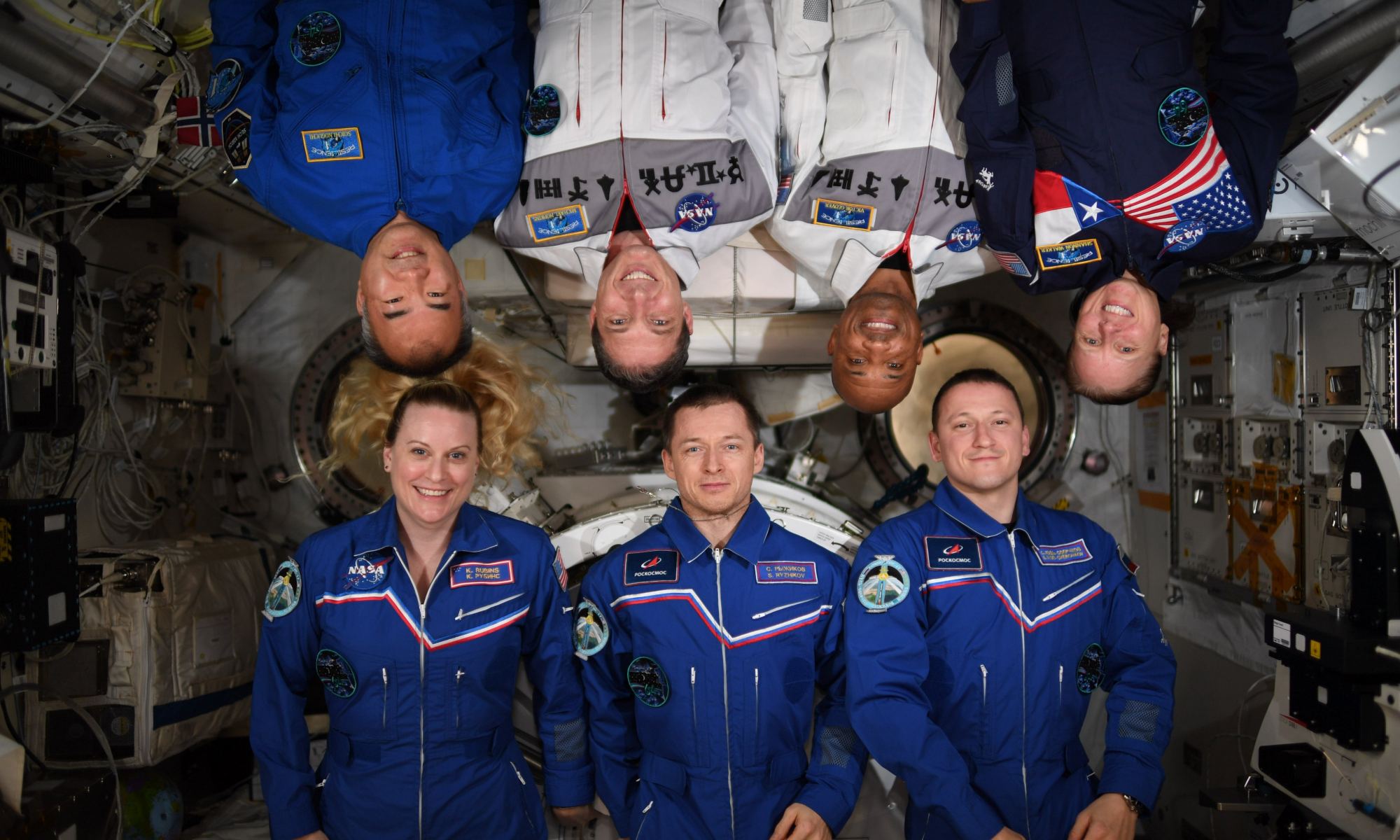
Astronauts and cosmonauts in space have reported spatial disorientation problems, where they find it hard to get a sense of direction, or distinguish between what might be considered “up” or “down.” This is called “Visual Reorientation Illusions” (VRIs) where the spacecraft floors, walls and ceiling surfaces can suddenly exchange subjective identities.
An extreme example of this came when one shuttle astronaut reported feeling like the room was rotating around him when he opened his eyes one morning. Other astronauts have reported briefly not knowing where they were during a spacewalk.
Continue reading “Since There’s no Up or Down in Space, How do our Brains Deal With This?”Europe is Working On a Reusable Space Transport System: Space Rider
The ESA is developing its own spacecraft capable of re-entry into Earth’s atmosphere. The reusable spacecraft is called the Space RIDER (Reusable Integrated Demonstrator for Europe Return), and the ESA says that the Space Rider will be ready for launch by 2022. It’s being designed to launch on the Vega-C rocket from Europe’s spaceport in Kourou, French Guiana.
Continue reading “Europe is Working On a Reusable Space Transport System: Space Rider”Planetary Society’s Light Sail 2 is Set to Launch on a Falcon Heavy Rocket Next Month
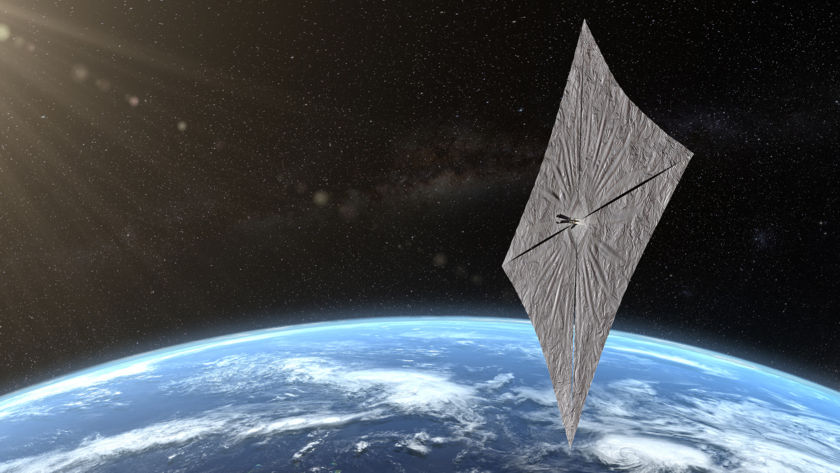
The Planetary Society is going to launch their LightSail 2 CubeSat next month. LightSail 2 is a test mission designed to study the feasibility of using sunlight for propulsion. The small satellite will use the pressure of sunlight on its solar sails to propel its way to a higher orbit.
Continue reading “Planetary Society’s Light Sail 2 is Set to Launch on a Falcon Heavy Rocket Next Month”Blue Origin’s New Shepard Flies Again, a Week Before Their Mysterious Announcement
Today’s breed of billionaire space entrepreneurs likes to keep us guessing, don’t they? Mr. Elon Musk is famous for announcing partial plans on Twitter, then leaving us to cajole the details out of him. Now, Jim Bezos, Amazon founder and Blue Origin visionary, is making us guess what an upcoming mysterious announcement might mean, all on the tails of another successful flight for New Shepard.
Continue reading “Blue Origin’s New Shepard Flies Again, a Week Before Their Mysterious Announcement”Antibiotic Resistant Bacteria has been Found on the Space Station’s Toilet
NASA keeps a close eye on the bacteria inhabiting the International Space Station with a program called the Microbial Observatory (M.O.) The ISS is home to a variety of microbes, some of which pose a threat to the health of astronauts. As part of their monitoring, the M.O. has discovered antibiotic resistant bacteria on the toilet seat on the ISS.
Continue reading “Antibiotic Resistant Bacteria has been Found on the Space Station’s Toilet”



